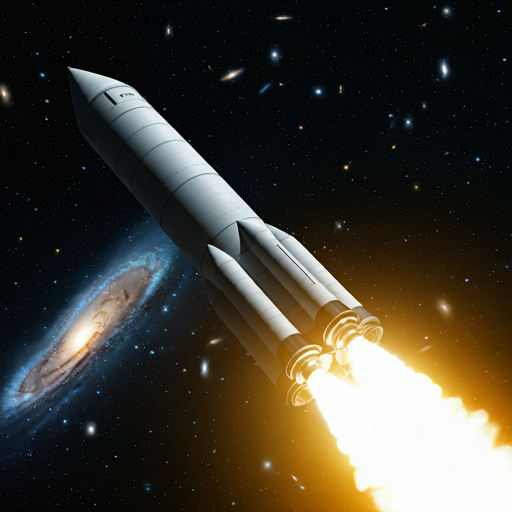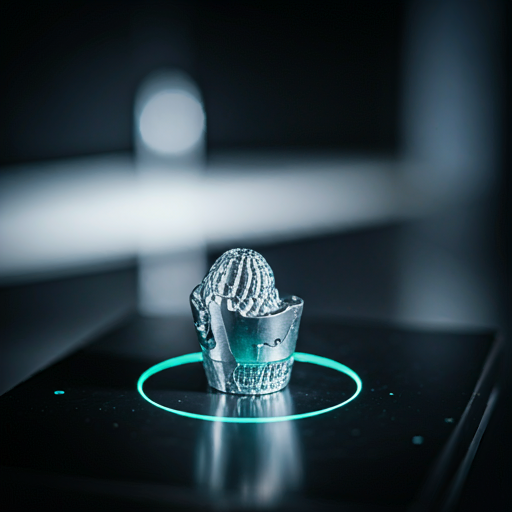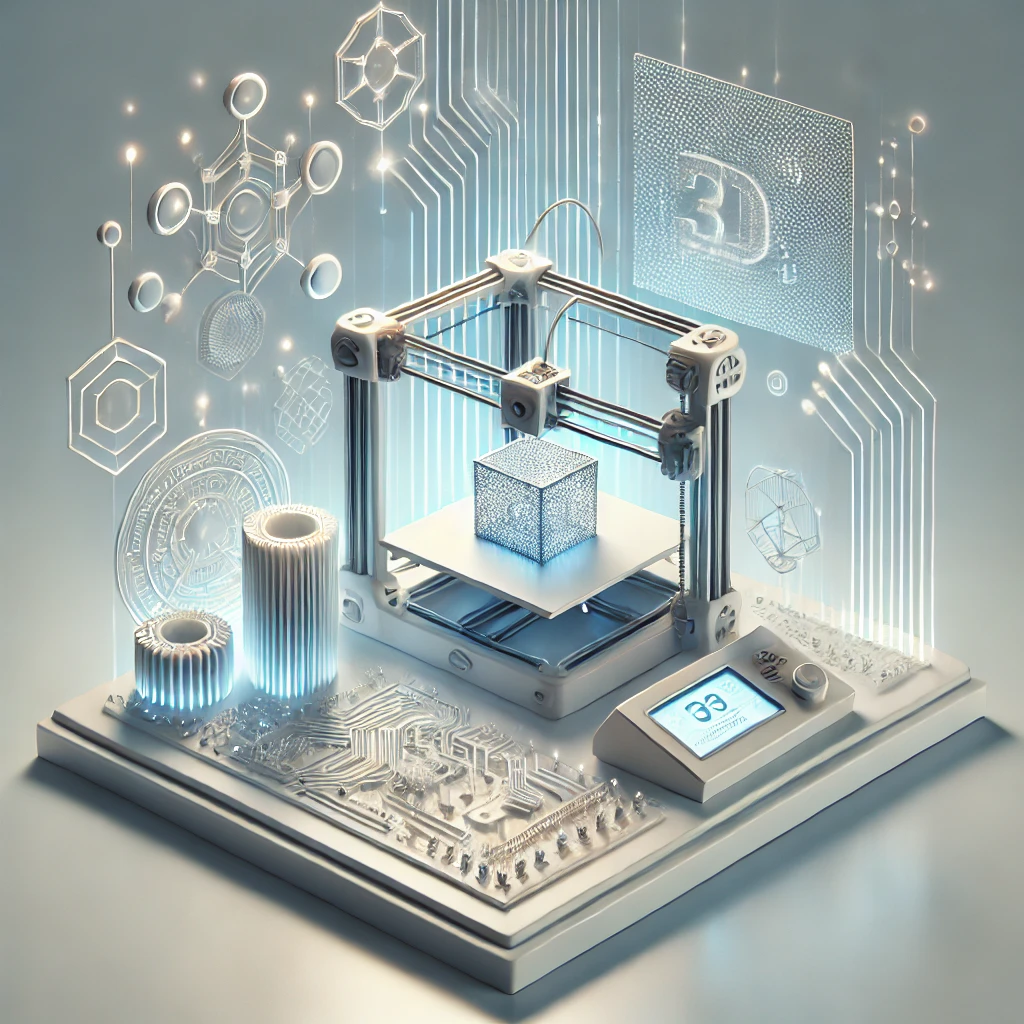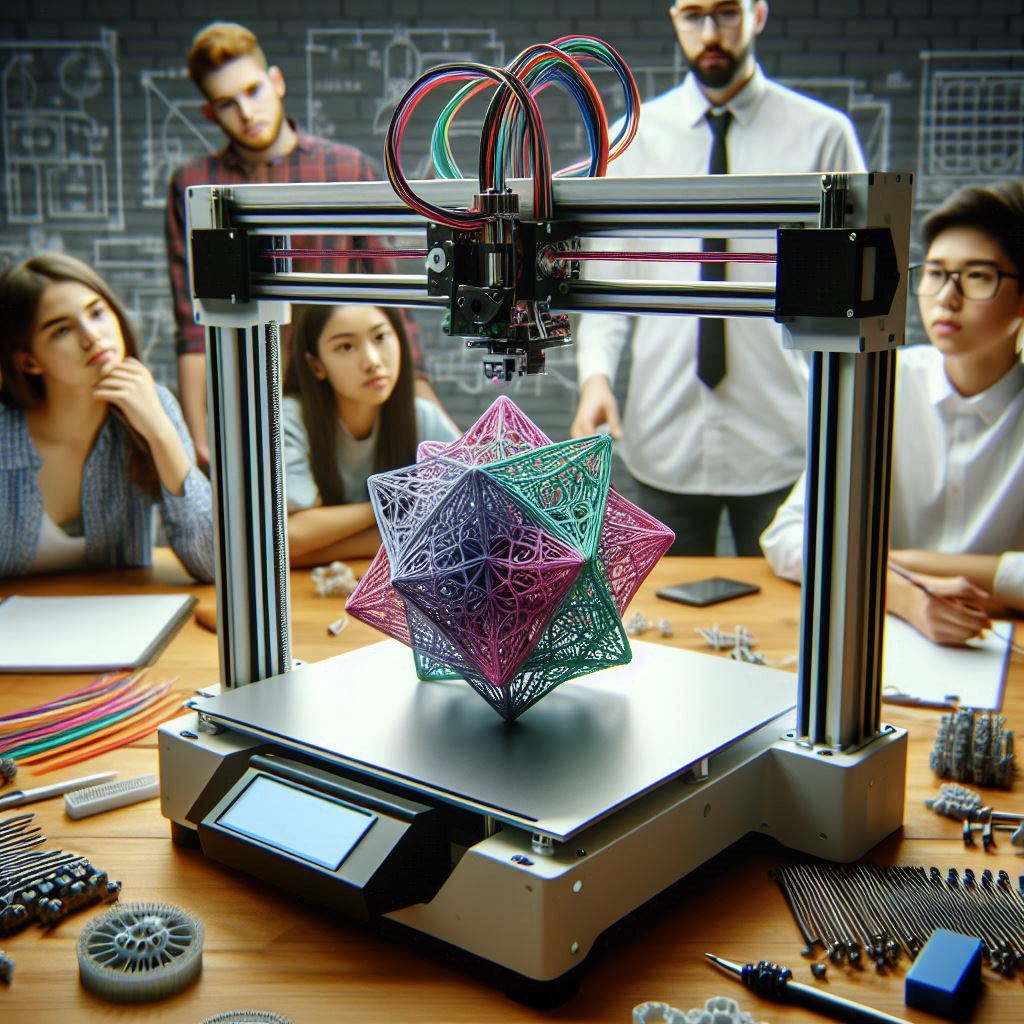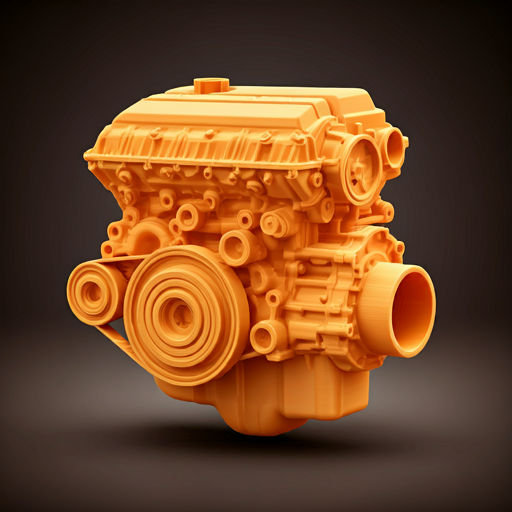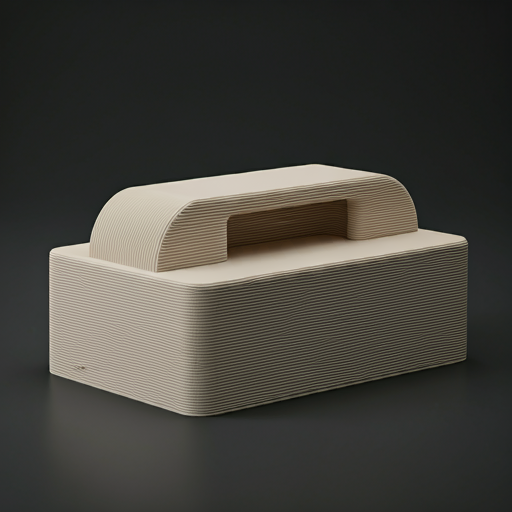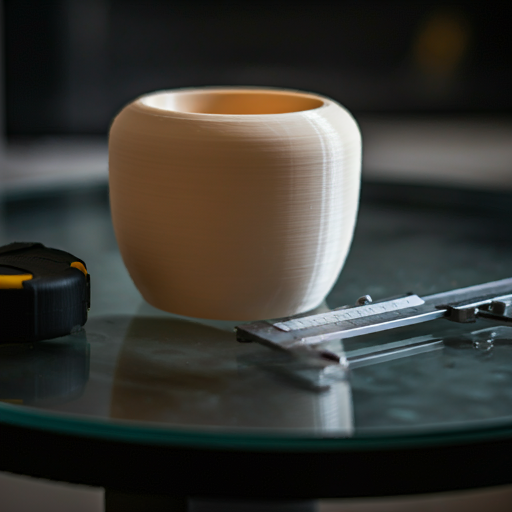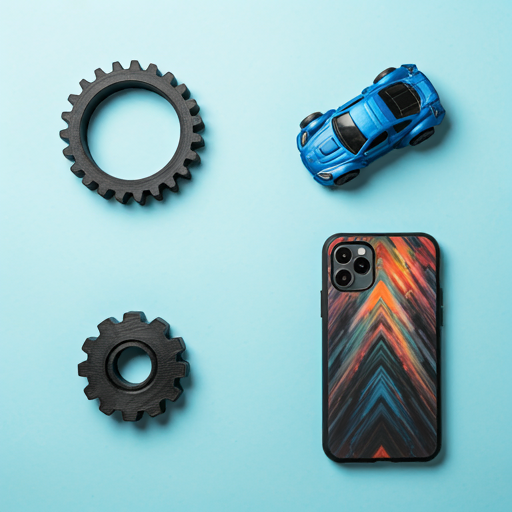
3D Printing In Jewellery Industry
Unleash the beauty of infinite possibilities with 3D printing in jewellery design.
3D printing in the jewellery industry is revolutionizing the way jewellery is designed and produced. By using 3D printing technology, jewelry designers and manufacturers can create complex and intricate designs with ease, bringing their creative visions to life. 3D printing also allows for greater customization and personalization of jewellery pieces. Additionally, it can reduce production costs and lead time, allowing for more efficient and cost-effective production. This technology also enables more sustainable practices by reducing waste and the need for certain types of mining. Overall, 3D printing in the jewellery industry is opening up new possibilities for design and production, making it an exciting and innovative field to be a part of.
Advantages Of Using 3D Printing In Jewellery Industry
-
Complex and intricate designs can be easily created with
3D printing technology.

-
Greater customization and personalization of jewellery
pieces is possible.

- 3D printing can reduce production costs and lead time.
- Allows for more efficient and cost-effective production.
- Enables more sustainable practices by reducing waste and the need for certain types of mining.
- Allows for faster prototyping and testing of designs.
- Enables the use of new materials and techniques.
- Allows for the creation of one-of-a-kind jewellerypieces.
- Can increase the precision and accuracy of designs.
- Can create a new level of innovation and creativity in the jewellery industry.
Technologies For Jewellery Printing
Mold Printing
For printing patterns for molds we make use of **SLA / DLP** processes and **DOD** process.
SLA/DLP
Is a vat polymerization process where a liquid resin is solidified at specific regions , layer by layer to form the part. SLA /DLp can produce high definition parts with great surface finish and dimensional accuracy.
They usually require supports while printing using SLA /DLP, these supports can be removed during post processing.
DOD ( Drop On Demand) printing

Is a material jetting technique which uses 2 jets. One for depositing the resin and the other for the printing the support structures.
The printed support structures are dissolvable and hence the surface finish after post processing is higher for patterns printed from DOD process.
Direct Printing

A method to directly print the ornament using precious metal powder , it is not as popular as pattern printing for investment casting. The process is obviously more expensive and requires more careful handling of metal powder.
Common methods used are **Direct Metal Laser Sintering** and **Selective Laser Melting**.Support structures may be used while direct printing for which post processing operations need to be done to achieve supreme finish on surface.
Factors Affecting Choice Of Printer
- Affordability
- Speed Of Printing
- Accuracy Of Printing
- Material Used
Demerits Of 3D Printing Jewellery
- Post processing to remove surface imperfections left by supports can be very time consuming although part printing is quick.
- The traditional hand made jewellry is what most people prefer , therefore customer attraction may be low.
- Resin residues on the surface of the investment due to improper burnout causes part defects during molding.
Conculsion
Through this article we have provided a comprehensive understanding of the role of 3D printing in the Jewellery Industry.
Starting from it's need to the Printing technologies that are used to achieve 3D printed Ornaments.
We looked into the Factors that need to be considered for printer selection and finally took a glance at the demerits too.
We hope you have gained some undertanding from reading it.
